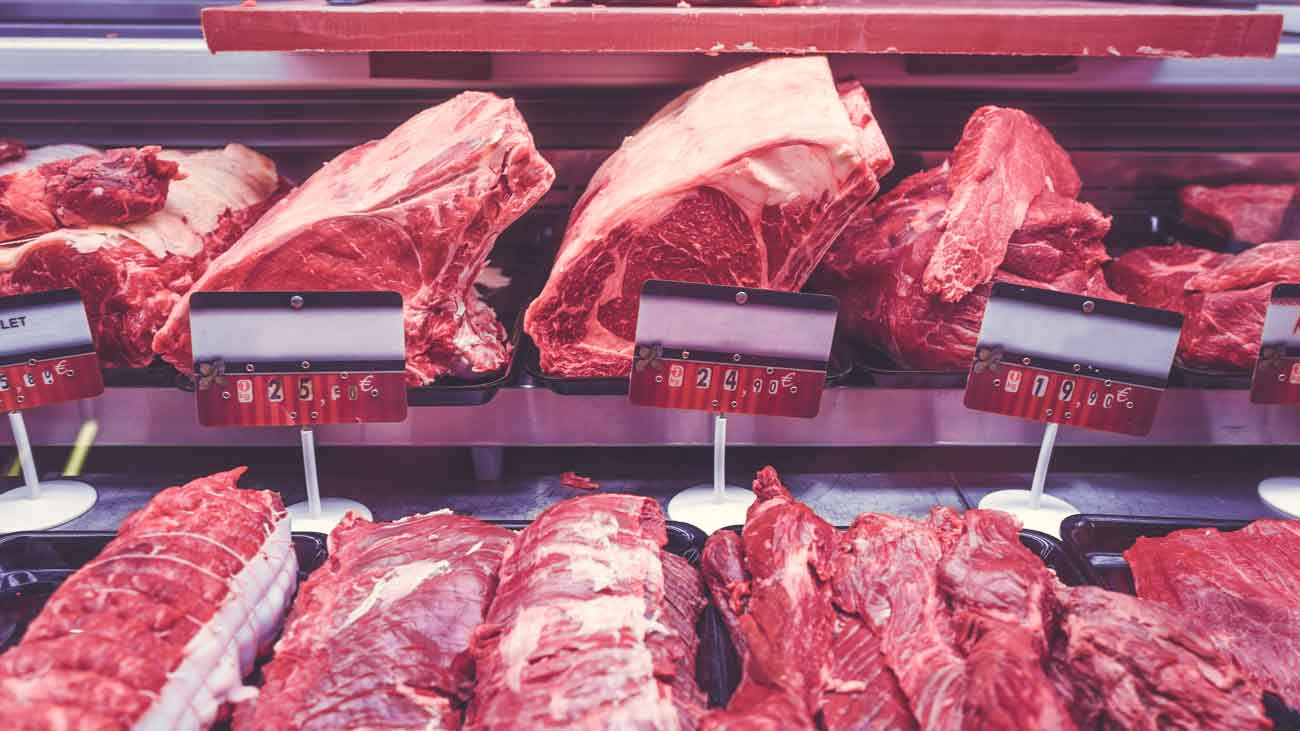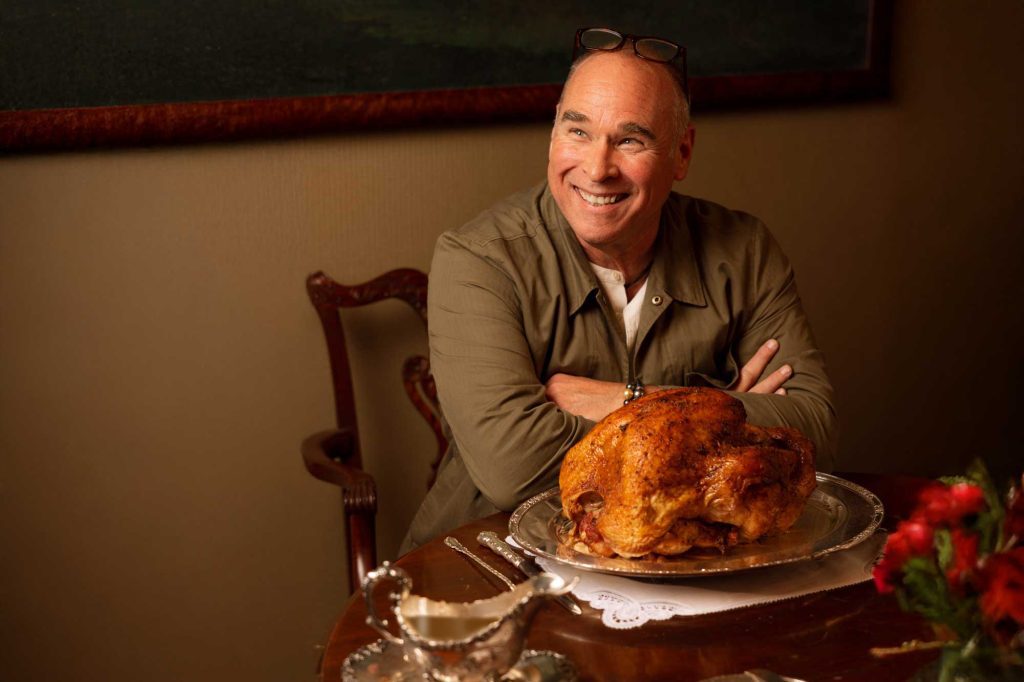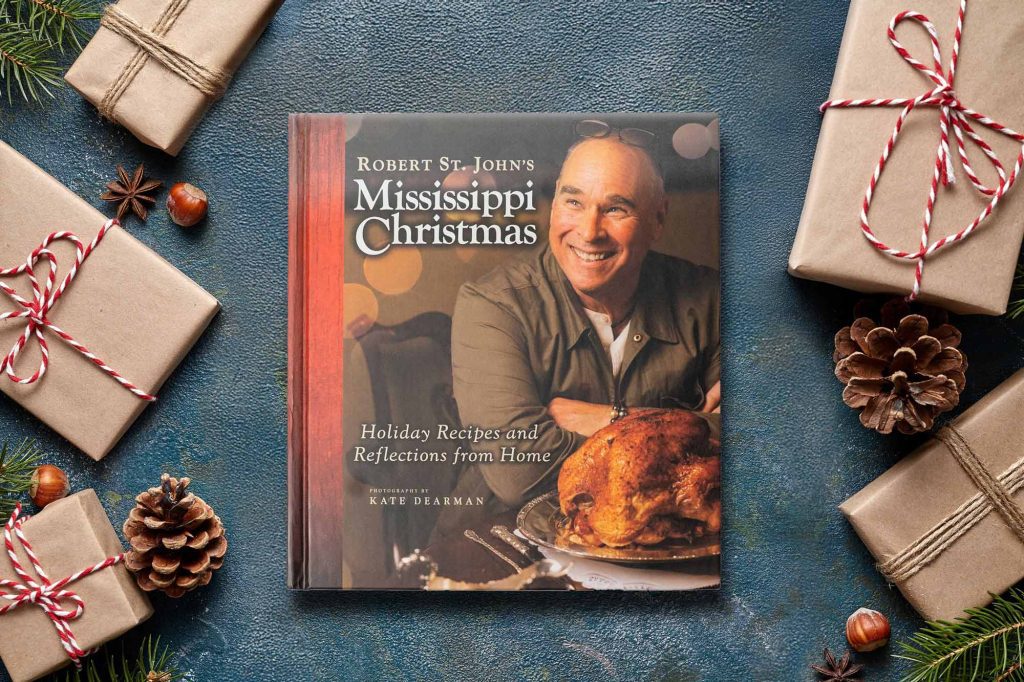America is meat rich.
Today we have so much beef that we send thousands of tons of steaks, ground beef, ribs, and roasts to Asia and Europe. The same goes for poultry and swine. We are so meat rich that on any given day I can easily put my hands on several pounds of duck, pheasant, quail, venison, elk, bison, ostrich, emu and all manner of exotic protein.
That hasn’t always been the case.
In the early 1900s, due to huge waves of new immigrants migrating to our country, meat became scarce. At the same time there was a huge demand for us to send meat overseas. All of America’s land had been settled west to the Pacific. The buffalo had been decimated, and forests had been over-logged, destroyed, and not re-forested. The shipping and transportation of cattle had yet to reach the modern age. The lack of meat was not just a problem but a national crisis commonly referred to as “the meat question.” The question being, “How are we going to raise enough meat to feed our citizenry?”
Newspapers in the late 1800s and early 1900s often editorialized about “The meat question.” More than a question, it was truly a lack-of-meat problem. The nation was on the verge of panic. Rumors circulated that the citizens of Germany were eating dogs to survive, and Americans felt they weren’t too far behind. Add to that the horrors of the meat-packing industry described in Upton Sinclair’s “The Jungle,” and the meat question became a full-blown meat crisis.
The problem was real. The beef industry was doing its best to supply the nation, but supply couldn’t keep up with demand, especially in cities and urban centers that were growing a staggering rates. Someone needed to find a way to harness the energy that was hidden in our unused land and find a way to turn that into meat. That’s when three of the most interesting yet unlikely characters to ever join forces banned together to solve the nation’s meat question.
Fredrick Burnham— once called, “the most complete human that ever lived,” and the inspiration for the character, Indiana Jones— lived a life that was said “made Wyatt Earp look like an armchair cowboy.” During his teen years in the 1870s, Burnham tracked Apaches while fighting in the Arizona Territory. He once ran 22 miles over rugged terrain to deliver a message—and got there before a horseman who had left at the same time. Burnham discovered gold in the Southwest, got rich, fought in Rhodesia, faced over 1,000 soldiers in a midnight raid to capture an enemy king, was captured, and escaped. All before his 35th birthday.
A scout by trade, Burnham, who had been on his own since his 14th birthday, worked as a civilian tracker for the United States Army during the Apache Wars, before taking his family to Southern Africa, an area he deemed as the newest frontier.
In Rhodesia and South Africa, Burnham became a spy. Despite being a U.S. citizen, he earned the British military rank of major which was formally given to him by King Edward VII. It was in South Africa he learned outdoor skills which would later become known as Scouting.
Fritz Duquense was a South African Boer, German soldier, big-game hunter, journalist, con man, and spy. Duquesne, a man Frederick Burnham once called, “the human epitome of sin and deception,” fought on the side of the Boers in the Second Boer War and— even though he had become a US citizen— was a secret agent for Germany during both World Wars. During World War I he led spy rings and sabotaged British merchant ships, many of which he had purchased insurance on, later filing claims for damages. Duqense went by many aliases. Once after being captured by federal agents in New York, he feigned paralysis for two years before cutting the bars to his cell and escaping in what would be just one of several prison breaks.
Between wars, Duquesne served as an adviser on big game hunting to U.S. President Theodore Roosevelt, as a publicist in the movie business, a journalist, a fictional Australian war hero, and as head of the New Food Society in New York which held as one of its objectives, to solve the meat question. During the Boer war Duquesne had been under orders to kill Frederick Burnham, Chief of Scouts in the British Army.
Burnham and Duquesne, two mortal enemies, who at one time had been assigned to kill each other, came together with a common goal in mind— to form a lobbying group to raise donations from wealthy people to help solve America’s meat question.
Enter Louisiana congressman, Robert Broussard, a boisterous and charming Democrat from New Iberia. Broussard’s nickname was “Cousin Bob” as he claimed to be related to half of New Iberia Parish. “Certain Louisianians may protest they are not his cousins,” a “Saturday Evening Post” profile noted. “That is a matter of minor importance. The point is that Cousin Bob is their cousin; and he is satisfied, even if they are not. It is quite impossible to stop Cousin Bob from being everybody’s cousin.” Broussard had a big problem and it wasn’t an angry constituency or the prospect of facing several opponents in an upcoming primary. Cousin Bob’s problem was a flower— the water hyacinth.
So what do the water hyacinth, a Louisiana politician, a decorated scout, and a prison escapee/spy have to do with the meat question? The answer: Hippopotamuses.
Stay with me here.
A beautiful flower, the water hyacinth was given to Louisianans as gifts by Japanese diplomats when they visited New Orleans for the 1884 World Industrial and Cotton Centennial. The flower quickly developed into a plague in the bayous of Louisiana. The hyacinth choked many of the river ways and grew so prolifically that it halted navigable shipping in some waterways. Ships were having a hard time getting through to New Orleans and areas north and west with cargo. Fish were dying due to the lack of oxygen in the water. The Louisiana government made dozens of attempts to kill the flower, but none worked. Over a century before BP’s Deepwater Horizon oil spill, the US War Department poured oil all over the water hyacinth hoping to eliminate it from Louisiana waterways, to no avail.
Enter Cousin Bob and his hippos.
Together, Broussard, Duquesne, and Burnham started the New Food Supply Society, to explore and promote their idea. In 1910, Congressman Broussard introduced H.R. 23261, also known as the Hippo Bill, which sought the appropriation of $250,000 to import useful animals (such as hippos) into the United States. Citizens wrote letters in praise of his proposition, its taste was touted in an editorial in the New York Times as “lake cow bacon” and “The Washington Post” announced that hippopotamus would be readily available within the United States in a matter of years.
Broussard’s idea was to import hippos from Sub-Saharan Africa, put them in the rivers, swamps, and bayous of Louisiana and Mississippi— which obivously weren’t productive for raising cattle— hoping they’d eat water hyacinths. Hippos would not only solve one problem— the uncontrolled growth of the water hyacinth, but they could also solve the greater problem for the entire country— the meat question. So with the help and expertise of two men who had spent a lot of time in Sub-Saharan Africa (granted some of that trying to kill each other)— the former mortal enemies— Burnham and Duquesne, Cousin Bob, with one sweeping legislative effort, would solve one of the nation’s most pressing dilemmas- the meat question.
The hippo, is a large, mostly herbivorous mammal whose name comes from the ancient Greek word for “river horse.” It is the third-largest type of land mammal. Male hippos average 3,300 pounds and females average 2,900. Despite its stocky shape and short legs, it is capable of running 19 mph over short distances. The hippopotamus is a highly aggressive and unpredictable animal and is ranked among the most dangerous animals in Africa. Hippo bites are almost always fatal, due to the sheer size and force of the bite and because hippos overpower, shake, dunk, and drown their prey, and Cousin Bob wanted to unleash thousands of them in the bayous and swamps of Louisiana and Mississippi.
Hippopotamus ranching almost became an American thing. Burnham made a convincing argument that most of the animals we eat— cows, chickens, pigs, and sheep— were brought here from somewhere else. The turkey is the only indigenous species on our dining table, and we only eat them once a year. But how does hippopotamus taste? According to author and hunter Peter Hathaway Capstick, “It is my personal opinion that hippo meat is one of the finest of game foods … The taste is mild, less than lamb and more than beef, slightly more marbled than usual venison. It tastes exactly like, well, hippo.”
In the end, the bill died in committee. After his African sojourn, Frederick Burnham returned to the United States, where he became involved in national defense efforts, business, oil, conservation, and the Boy Scouts of America. Even though he never finished high school, he was asked to donate his papers to both Stanford and Yale, near the end of his life. Fritz Duquesne was arrested for a final time in 1941 with 32 other members of his spy ring in what would be the largest espionage conviction in the United States. Cousin Bob Broussard was later elected to the United Sates Senate, but died at the age of 53, three years into his term.
Eventually Americans figured out how to use our land more efficiently and effectively. Pastureland became a concept. Feed lots were developed, and hippos were only brought over to be observed in zoos.
View today’s recipe: Molasses-Glazed Ham Steaks




